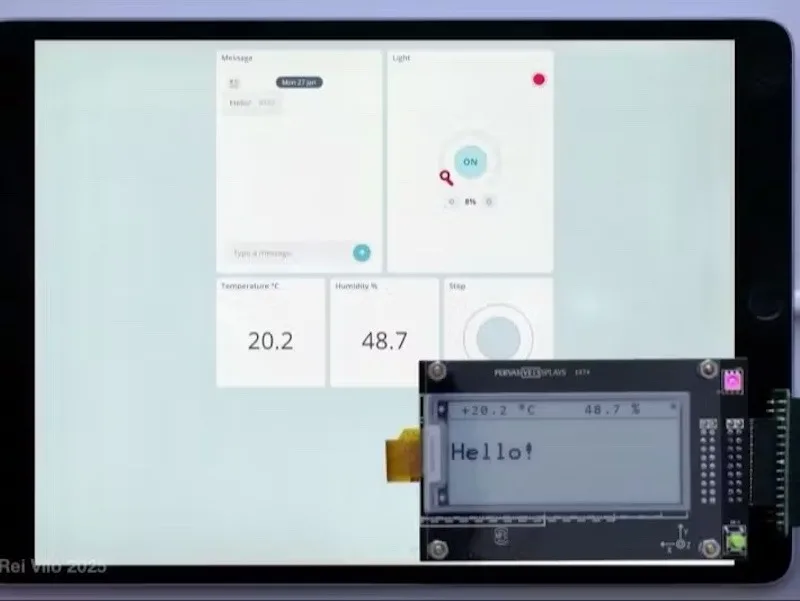Schlagwort: e-paper
-

Build an e-paper weather display and message board using Arduino Cloud
Reading Time: 2 minutesIf you haven’t yet experimented with the Arduino Cloud, then you may not be aware of how powerful it is for Internet of Things (IoT) applications. Using the service and its online tools, you can quickly build and deploy smart IoT devices — often with little or no custom code required. Rei…
-

Explore e-paper technology with Nano Matter and the new EPDK-Matter from Pervasive Displays
Reading Time: 2 minutesWe’re excited to share that Pervasive Displays has just launched the E-Paper Development Kit for Matter! This groundbreaking, self-contained kit is designed to revolutionize how smart home devices use e-paper displays, enhancing user experience while driving down energy consumption. Created in collaboration with us and our long-time partner Silicon Labs, this kit marks…
-

Build an e-paper to-do list with Raspberry Pi
Reading Time: 3 minutesJames Bruxton (or @xrobotosuk on Instagram) built an IoT-controlled e-paper message board using Raspberry Pi. Updating it is easy: just edit a Google sheet, and the message board will update with the new data. [youtube https://www.youtube.com/watch?v=cGsRJhoF5yY?feature=oembed&w=500&h=281] Harnessing Google power This smart message board uses e-paper, which has very low power consumption. Combining…
-

Pulling shower thoughts from Reddit for a Raspberry Pi e-paper display
Reading Time: 2 minutesThe Reddit users among you may already be aware of the Shower Thoughts subreddit. For those of you who aren’t, Shower Thoughts is where people go to post the random epiphanies they’ve had about life, the universe, and everything. For example: YouTuber ACROBOTIC is a fan of the Shower Thoughts subreddit. So much…



